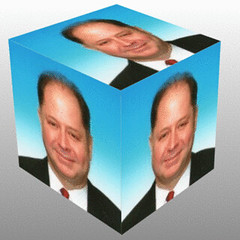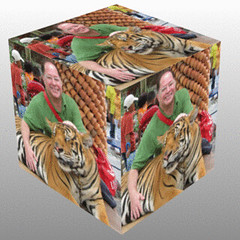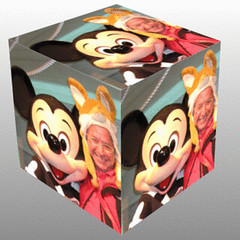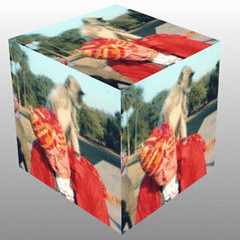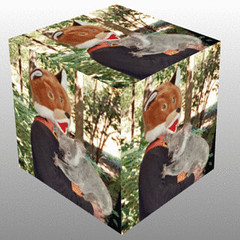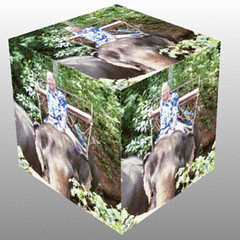Gerry Johnson (1988) described a cultural web, identifying a number of elements that can be used to describe or influence organizational culture. The students will reflect on how Johnson’s factors and elements vary in a low power distance organization versus a high power distance organization and fill out the form table below.
Other Theories of Organizational Culture
Daniel Denison’s model (1990) asserts that organizational culture can be described by four general dimensions – Mission, Adaptability, Involvement and Consistency. Each of these general dimensions is further described by the following three sub-dimensions:
- Mission – Strategic Direction and Intent, Goals and Objectives and Vision
- Adaptability – Creating Change, Customer Focus and Organizational Learning
- Involvement – Empowerment, Team Orientation and Capability Development
- Consistency – Core Values, Agreement, Coordination/Integration
Deal and Kennedy created a model of culture that is based on 4 different types of organizations. They each focus on how quickly the organization receives feedback, the way members are rewarded, and the level of risks taken:
Work-hard, play-hard culture: This has rapid feedback/reward and low risk resulting in: Stress coming from quantity of work rather than uncertainty. High-speed action leading to high-speed recreation. Examples: Restaurants, software companies.
Tough-guy macho culture: This has rapid feedback/reward and high risk, resulting in the following: Stress coming from high risk and potential loss/gain of reward. Focus on the present rather than the longer-term future. Examples: police, surgeons, sports.
Process culture: This has slow feedback/reward and low risk, resulting in the following: Low stress, plodding work, comfort and security. Stress that comes from internal politics and stupidity of the system. Development of bureaucracies and other ways of maintaining the status quo. Focus on security of the past and of the future. Examples: banks, insurance companies.
Bet-the-company culture: This has slow feedback/reward and high risk, resulting in the following: Stress coming from high risk and delay before knowing if actions have paid off. The long view is taken, but then much work is put into making sure things happen as planned. Examples: aircraft manufacturers, oil companies.
Stanley G. Harris (1994) argues that five categories of in-organization schemata are necessary for organizational culture:
- Self-in-organization schemata: a person’s concept of oneself within the context of the organization, including her/his personality, roles, and behavior.
- Person-in-organization schemata: a person’s memories, impressions, and expectations of other individuals within the organization.
- Organization schemata: a subset of person schemata, a person’s generalized perspective on others as a whole in the organization.
- Object/concept-in-organization schemata: knowledge an individual has of organization aspects other than of other persons.
- Event-in-organization schemata: a person’s knowledge of social events within an organization.
References
Hofstede, Geert (1991), Cultures and Organizations: Software of the Mind., McGraw-Hill Professional
Johnson, Gerry (1988) “Rethinking Incrementalism”, Strategic Management Journal Vol 9 pp. 75–91
Worksheet at:
http://www.scribd.com/doc/171609349/Hofstede%E2%80%99s-Power-Distance-and-Organizational-Behavior
WereVerse Universe Baby!


